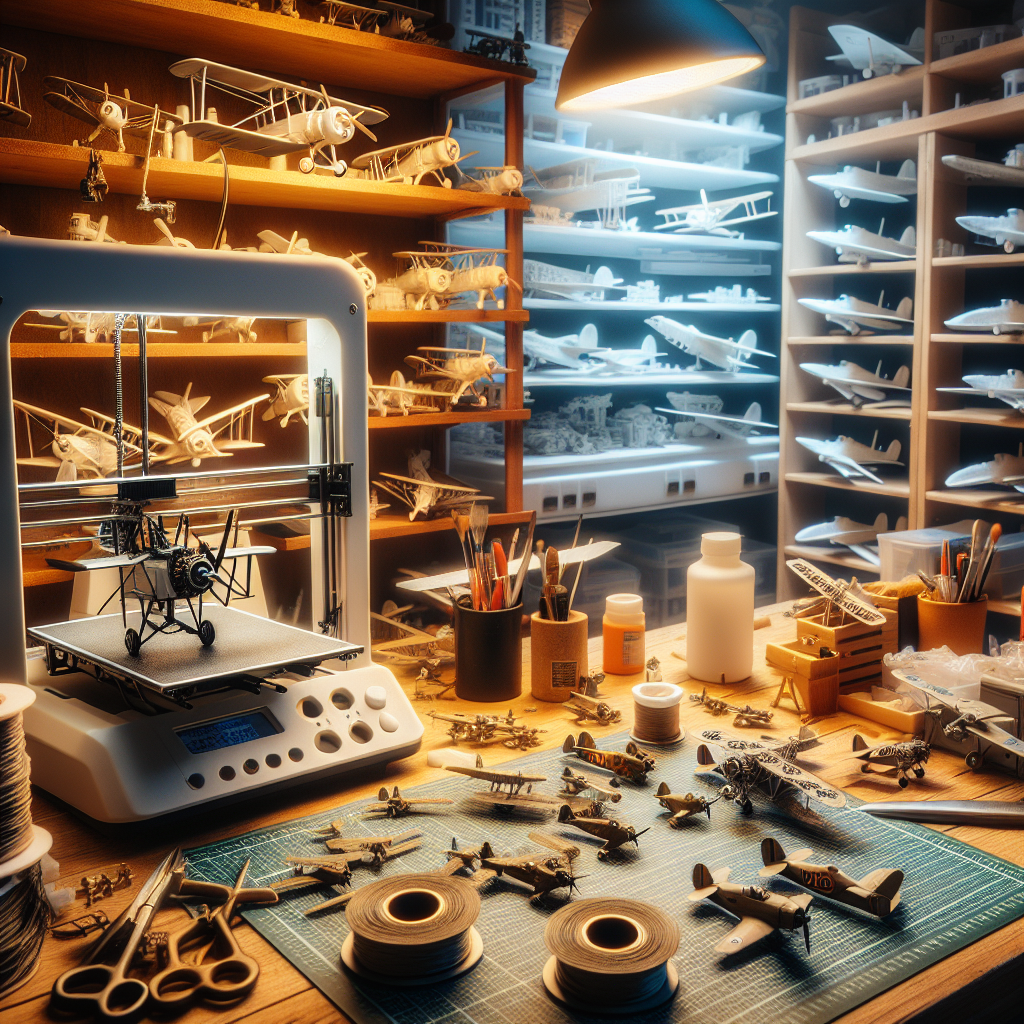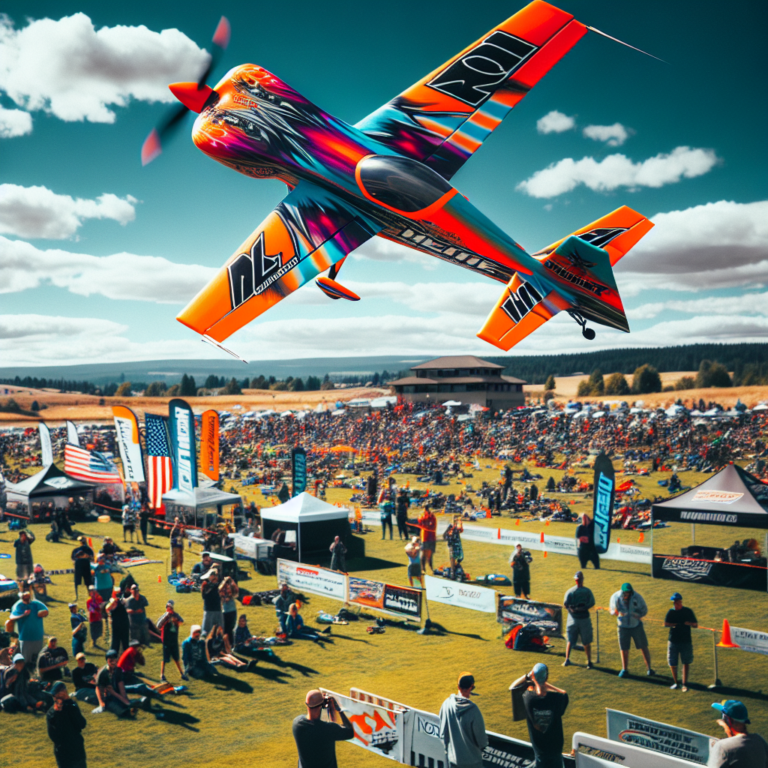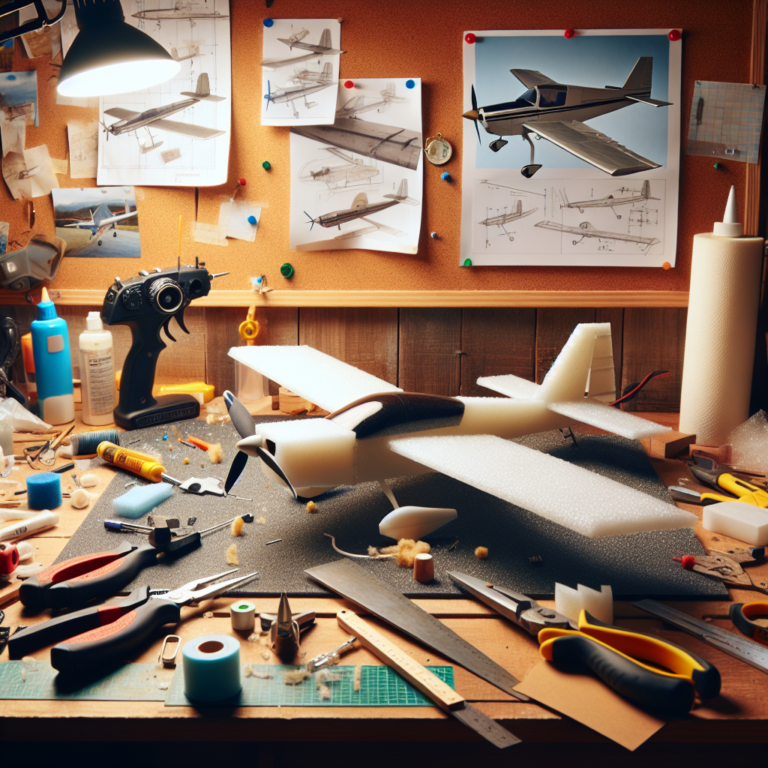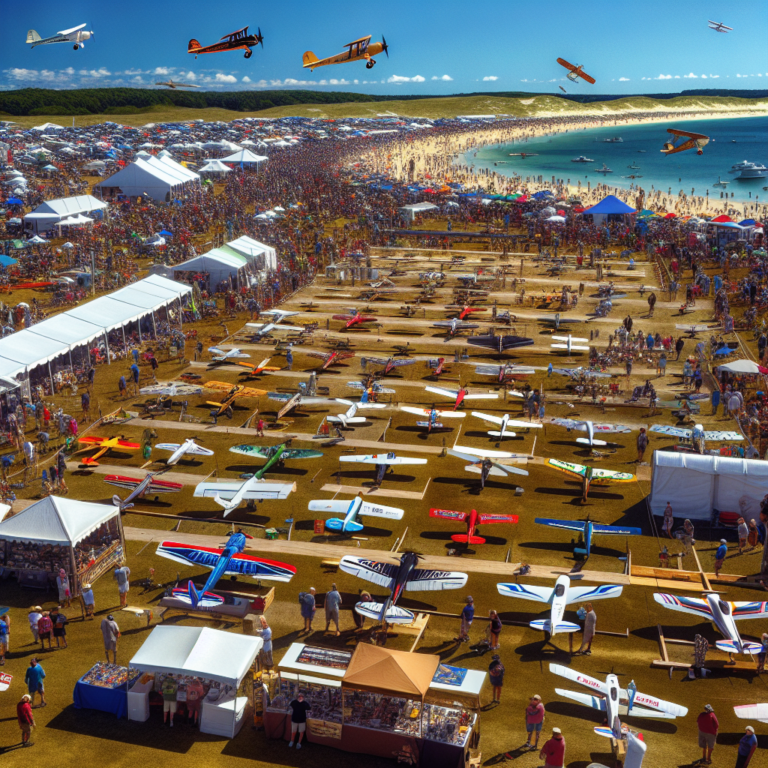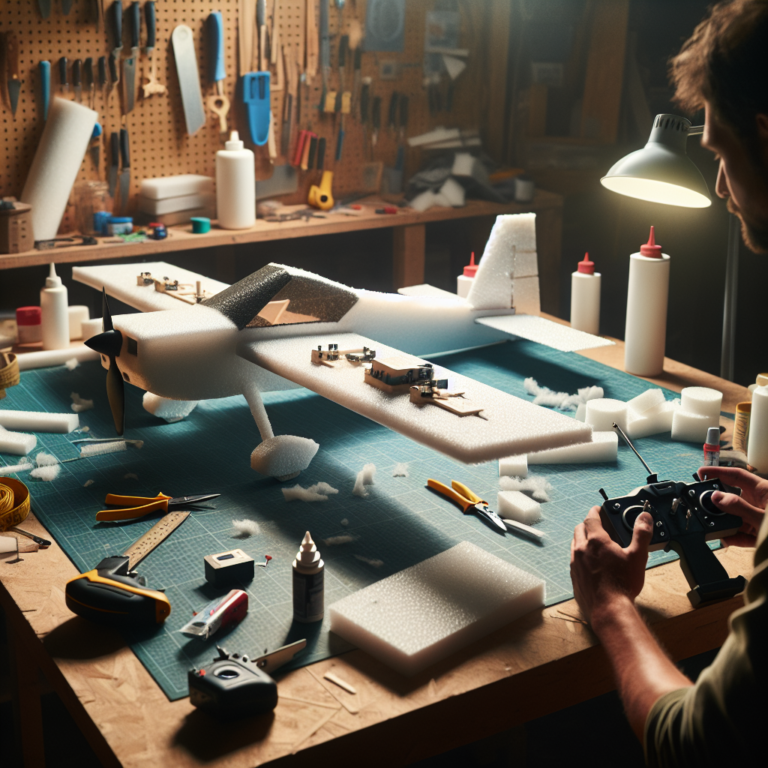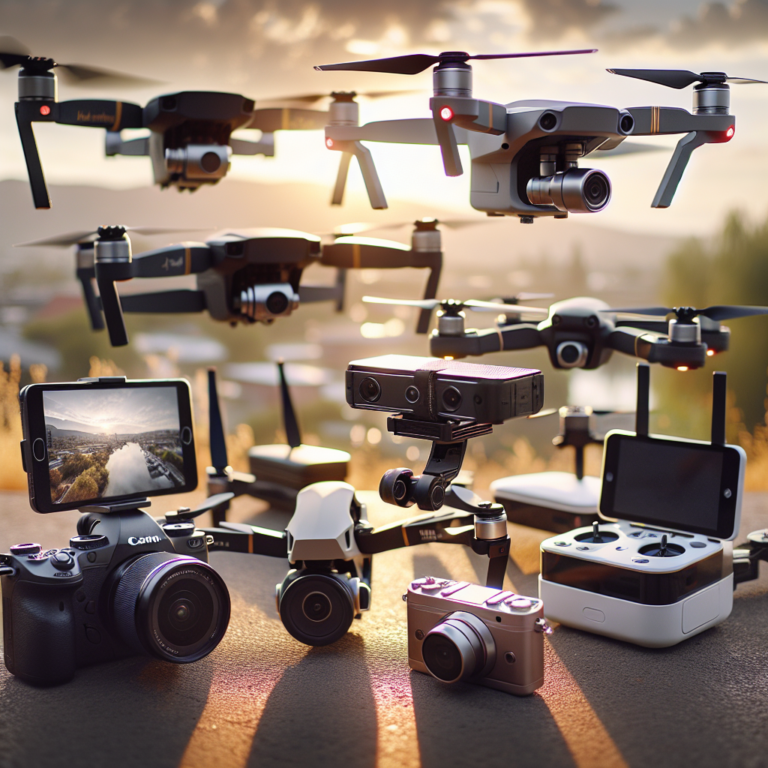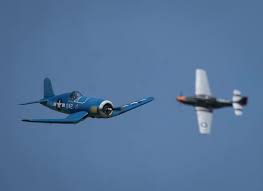3D Printed Model Planes: A Growing Hobby Revolution
“`html
The convergence of technology and hobbies is creating thrilling new opportunities for enthusiasts, and one of the most exciting developments is the rise of 3D Printed Model Planes. This hobby revolution is sweeping across the globe, transforming how hobbyists approach model airplane construction and customization. Let’s dive deep into this growing phenomenon.
The Rise of 3D Printing in Hobbyist Circles
3D printing technology has revolutionized various industries, from healthcare to manufacturing. Now, it’s making significant inroads in the realm of hobbies, particularly in the world of model airplanes.
Traditionally, building model airplanes involved purchasing kits or crafting parts from various materials. This process was often time-consuming and required a high level of skill. However, with the advent of 3D printing, enthusiasts can now produce intricate and customized parts with greater ease and precision.
Benefits of 3D Printed Model Planes
- Customization: Hobbyists can now design and print parts tailored to their specific requirements, allowing for unprecedented levels of personalization.
- Cost-Effective: While 3D printers and filaments require an initial investment, the cost per part is often lower than traditional methods, especially for custom pieces.
- Complex Designs: 3D printing allows for the creation of complex and detailed designs that would be difficult or impossible to achieve with traditional techniques.
- Efficiency: Once a design is finalized, it can be printed repeatedly with consistent quality, reducing the time spent on manual craftsmanship.
Getting Started with 3D Printed Model Planes
If you’re new to 3D printed model planes and want to embark on this exciting journey, here’s a step-by-step guide to get you started:
1. Acquire a 3D Printer
The first step is to acquire a suitable 3D printer. While there are various models available on the market, beginners might find entry-level printers more accessible and user-friendly. Look for features such as:
- Print Quality: Ensure the printer can produce detailed and high-quality prints.
- Ease of Use: Features like a touchscreen interface, Wi-Fi connectivity, and a robust support community can be beneficial.
- Build Volume: Consider the size of the models you intend to print and choose a printer with an adequate build volume.
2. Learn 3D Modeling Software
Next, familiarize yourself with 3D modeling software. Popular options include:
- Blender: A powerful, open-source modeling tool.
- Tinkercad: A beginner-friendly tool that’s perfect for creating simple designs.
- Fusion 360: A professional-level software with advanced capabilities.
3. Find or Create Model Designs
There are numerous repositories where you can find pre-designed parts or entire model planes:
- Thingiverse: A vast library of user-generated 3D models.
- MyMiniFactory: Another excellent source for free and premium 3D models.
If you have specific designs in mind, use the 3D modeling software you’ve learned to create your custom parts from scratch.
4. Printing and Assembly
Once you have your designs ready, the next step is to print them:
- Material Selection: Choose the right filament material, such as PLA or ABS, depending on the required strength and flexibility of the parts.
- Print Settings: Optimize settings like print speed, layer height, and infill percentage to achieve the desired quality and durability.
After printing, assemble the parts carefully, ensuring a perfect fit and finish.
Challenges and Considerations
While the benefits are numerous, there are also some challenges to keep in mind:
- Learning Curve: Both 3D modeling and printing come with a learning curve. Patience and practice are required to master these skills.
- Printer Maintenance: Regular maintenance is crucial to ensure your 3D printer performs optimally. This includes calibrating the bed, cleaning nozzles, and updating firmware.
Community and Collaboration
The 3D printed model plane community is both vibrant and welcoming. Joining online forums, social media groups, and local clubs can provide valuable support and inspiration. Some popular platforms include:
- Reddit: Subreddits like r/3Dprinting offer a space to share projects, ask for advice, and discuss advancements.
- Facebook Groups: Numerous groups are dedicated to 3D printing and model planes, where you can connect with fellow enthusiasts.
- Discord Channels: Live chat options provide real-time support and collaboration opportunities.
Future Prospects
The future of 3D printed model planes looks incredibly promising. As technology advances, we can expect even more detailed and durable prints, faster printing speeds, and a broader range of materials. Additionally, innovations like multi-material printing and AI-driven design tools will further enhance the creative possibilities for hobbyists.
Moreover, the integration of augmented reality (AR) and virtual reality (VR) could revolutionize the design and assembly processes, offering immersive and interactive experiences. Imagine using AR to visualize how different parts fit together before printing, or using VR for a virtual workshop where you can test designs in a simulated environment.
Conclusion
3D printed model planes represent a fascinating intersection of technology and creativity, opening up new avenues for enthusiasts to explore their passion. By embracing this hobby, you not only get to create unique and personalized models but also become part of a dynamic and ever-evolving community.
So, if you’re ready to take your model airplane hobby to new heights, invest in a 3D printer, start learning the basics of 3D modeling, and join the growing revolution of 3D printed model planes. The sky is literally the limit!
“`
